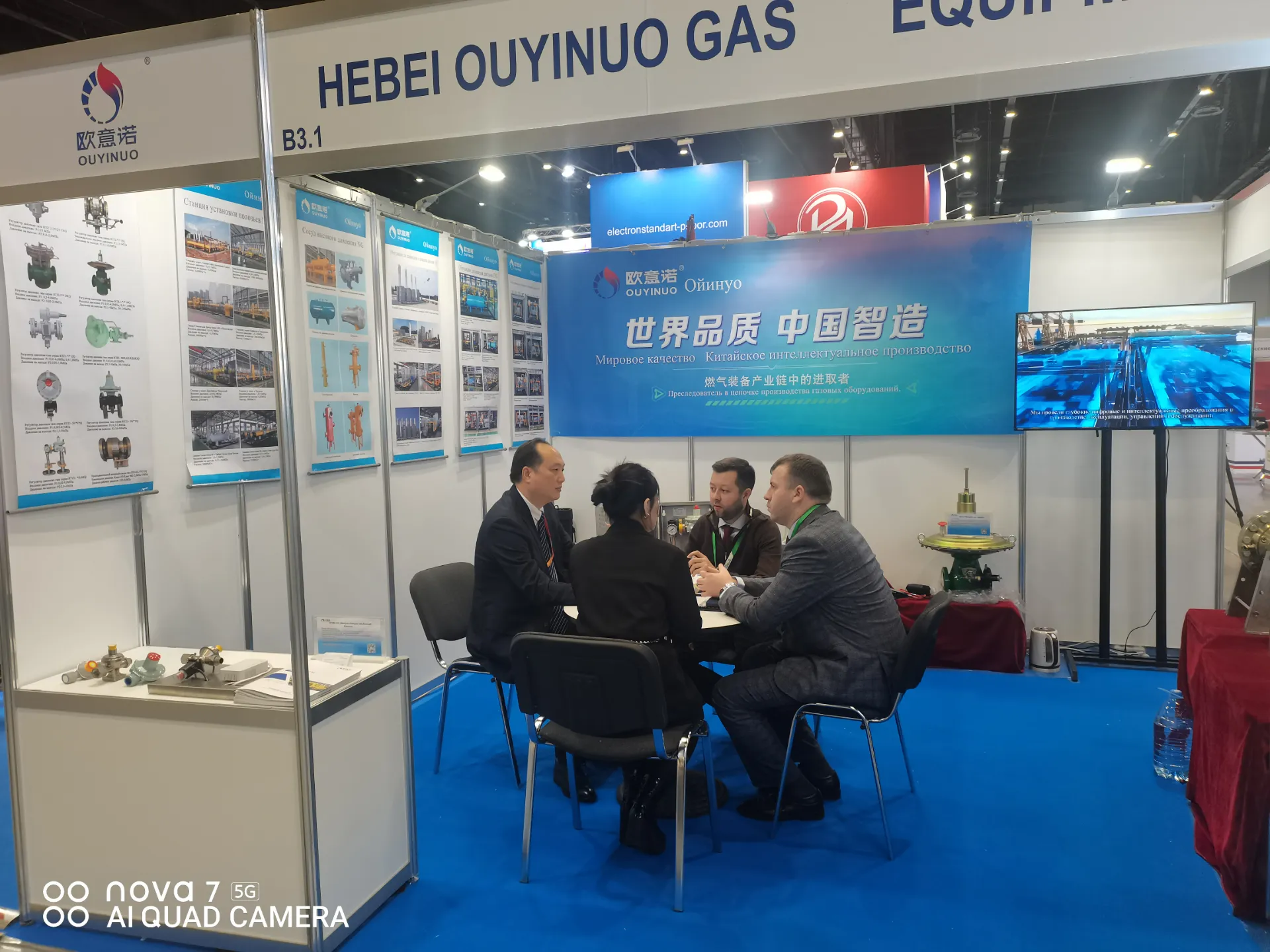
Nov . 20, 2024 22:20
Back to list
gas pressure reducing valve
The Importance and Functionality of Gas Pressure Reducing Valves
Gas pressure reducing valves (PRVs) play a crucial role in various industrial and residential applications where gas is utilized. As energy demand continues to grow globally, ensuring safe and efficient gas distribution has become paramount. This article explores the significance, functionality, and applications of gas pressure reducing valves, highlighting their crucial contributions to safety and efficiency in gas systems.
Understanding Gas Pressure Reducing Valves
A gas pressure reducing valve is a mechanical device that controls the pressure of gas supplied to a system. The primary function of a PRV is to lower and stabilize the inlet pressure to a predetermined level, ensuring that the downstream equipment operates effectively without the risk of damage due to excessive pressure. By maintaining consistent pressure, PRVs enhance the safety and efficiency of gas systems.
How Do Gas Pressure Reducing Valves Work?
At its core, a gas PRV consists of several key components the inlet and outlet ports, a diaphragm or piston, a spring, and an adjustment mechanism. When gas enters the valve, the diaphragm or piston responds to changes in pressure. If the inlet pressure exceeds the set limit, the diaphragm moves, compressing the spring and allowing gas to escape through an outlet port. This mechanism ensures that the pressure downstream is maintained at a safer, operational level, preventing potential hazards such as leaks or equipment failure.
The adjustment mechanism allows operators to set the desired output pressure based on the needs of the system. This can be crucial in applications varying from residential heating to industrial processes, where precise pressure control is essential for optimal performance.
Applications of Gas Pressure Reducing Valves
Gas pressure reducing valves are employed across myriad applications, ranging from residential heating systems to complex industrial processes
. Some common uses include1. Residential Applications In homes, PRVs regulate the natural gas supply to appliances such as furnaces, water heaters, and stoves. By delivering gas at a consistent pressure, these valves ensure that appliances function efficiently and safely, reducing the risk of malfunctions or accidents.
gas pressure reducing valve

2. Industrial Applications In industrial settings, PRVs are essential for managing the gas supply for production processes, heating systems, and machinery operations. By providing a stable pressure, they protect equipment from damage, improve operational efficiency, and reduce the risk of costly downtimes.
3. Pipeline Systems In larger pipeline systems, gas pressure reducing valves help manage the pressure across vast networks. They are instrumental in maintaining the integrity of pipeline systems, preventing overpressure scenarios that could lead to leaks, ruptures, or catastrophic failures.
Safety Considerations and Benefits
The safety benefits of gas pressure reducing valves cannot be overstated. By preventing overpressure in gas systems, PRVs contribute to
- Accident Prevention Overpressure can lead to gas leaks, explosions, and other hazardous situations. By controlling pressure levels, PRVs significantly reduce these risks.
- Equipment Longevity By ensuring that equipment operates within designed pressure limits, PRVs help prolong the lifespan of appliances and machinery, leading to lower maintenance costs and improved reliability.
- Energy Efficiency Maintaining optimal pressure levels improves the efficiency of gas utilization, resulting in lower energy costs and reduced environmental impact.
Conclusion
Gas pressure reducing valves are indispensable components in modern gas systems, playing a vital role in safety, efficiency, and operational reliability. Their ability to regulate and stabilize gas pressure ensures that a wide range of applications—from home heating to industrial processes—can operate safely and efficiently. As the demand for energy continues to rise, the importance of gas PRVs in maintaining safe gas distribution networks will only grow, solidifying their place as crucial machinery in both residential and industrial contexts. For anyone involved in gas management, understanding and implementing PRVs is essential to ensuring safe and effective gas usage.
Next:
Latest news
-
Safety Valve Spring-Loaded Design Overpressure ProtectionNewsJul.25,2025
-
Precision Voltage Regulator AC5 Accuracy Grade PerformanceNewsJul.25,2025
-
Natural Gas Pressure Regulating Skid Industrial Pipeline ApplicationsNewsJul.25,2025
-
Natural Gas Filter Stainless Steel Mesh Element DesignNewsJul.25,2025
-
Gas Pressure Regulator Valve Direct-Acting Spring-Loaded DesignNewsJul.25,2025
-
Decompression Equipment Multi-Stage Heat Exchange System DesignNewsJul.25,2025

